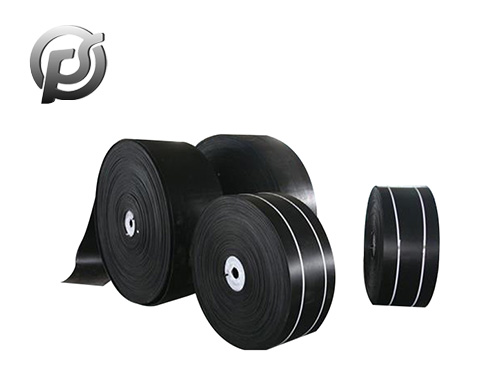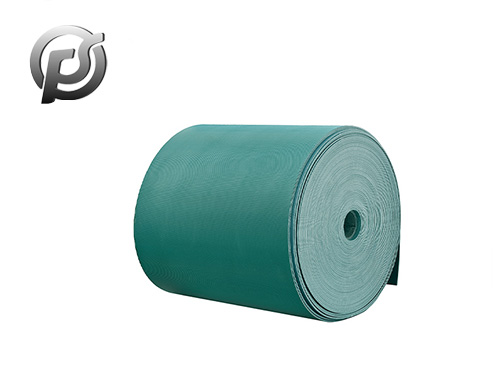First, the belt tension is insufficient
The power of the
belt conveyor is generated by the friction between the driving drum and the conveyor belt. If the tension force of the belt conveyor is insufficient, there is not enough friction between the driving wheel and the belt, it will slip.
Solution: Replace the automatic tensioning device. The automatic tensioning device can monitor the belt tensioning force in real time and accurately control the belt tension. At the same time, it has the rapid response ability to respond to the change of belt tension in a very short time.
Two, the belt conveyor loading is too much, the load is larger
The conveyor has rated transmission power at the beginning of its design. Improper operation or excessive loading may lead to a large load in the operation of the conveyor, the failure of the motor or the roller, causing the belt slip.
Solutions: (1) Control the amount of material delivered by the belt conveyor to avoid the risk of skidding or even failure because of overload; (2) In the operation of the belt conveyor current and electronic scale monitoring, control the amount of material, to avoid the conveyor overload operation.
Three, the belt conveyor running resistance increases
When the belt conveyor is running, if there are foreign bodies or large materials stuck into the lower roller and tail chute of the belt conveyor, these foreign bodies increase the resistance of the belt conveyor running, so that the main roller and the belt have relative displacement friction, for a long time will cause the belt displacement and skid, but also damage the conveyor.
Solution: Stop the machine in time to clean foreign bodies.
 Exploring the Efficiency and Versatility of Light Conveyor Belts
Exploring the Efficiency and Versatility of Light Conveyor Belts
 Polyester Conveyor Belts: Enhancing Efficiency and Reliability in Material Handling
Polyester Conveyor Belts: Enhancing Efficiency and Reliability in Material Handling